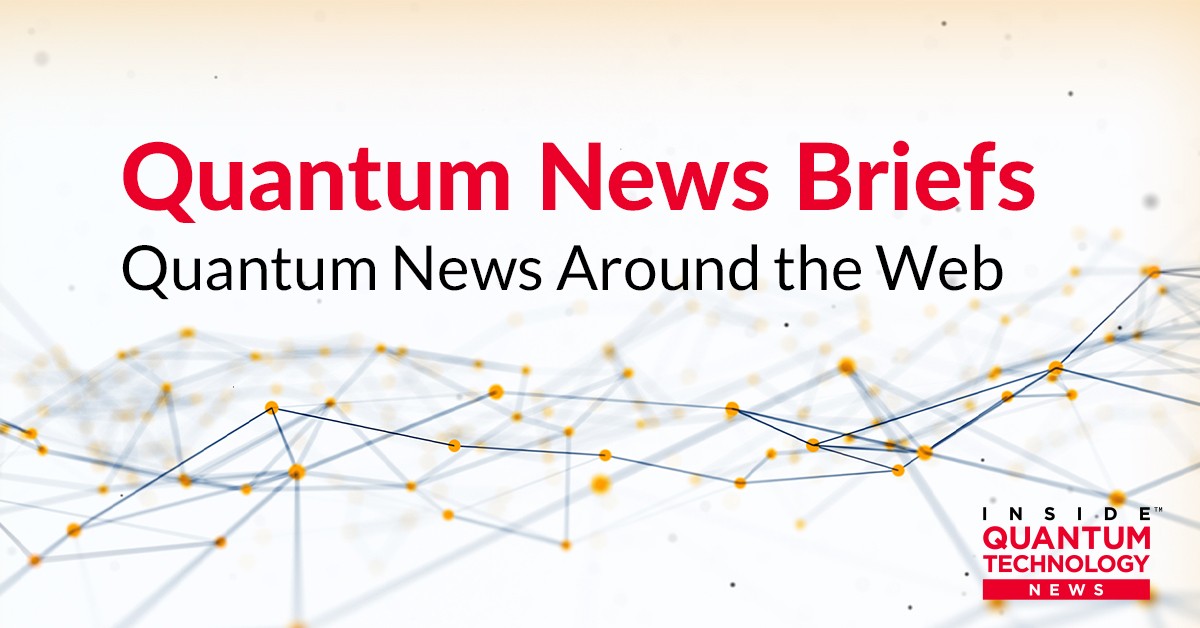
Quantum News Briefs: January 10, 2024:
Qrypt Joins NVIDIA Inception
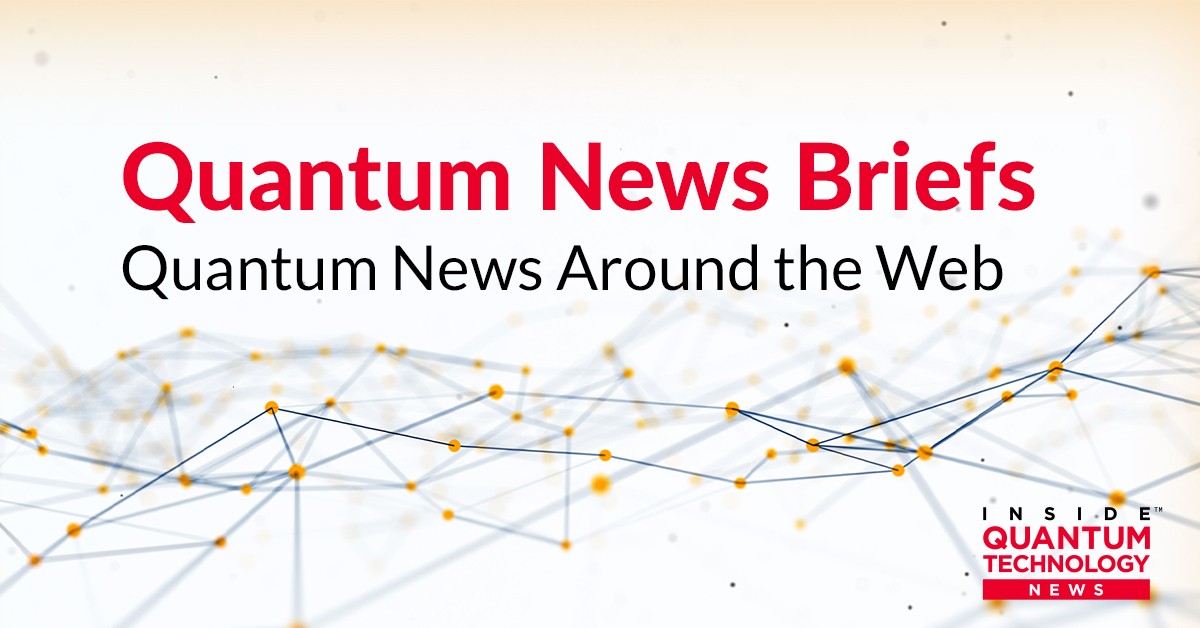
Qrypt, a leading quantum-secure encryption company, has recently joined NVIDIA Inception, a program designed to support startups at the forefront of technological innovation. This collaboration is particularly significant in generative AI and large language models, where secure data transfer is increasingly crucial. Qrypt focuses on mitigating the risks associated with quantum computing, especially the “harvest now, decrypt later” threat, where encrypted data is vulnerable to future decryption with advanced quantum computers. Denis Mandich, CTO and co-founder of Qrypt, emphasizes that their technology, which generates perfect keys at multiple endpoints for end-to-end encryption without key distribution, is vital in protecting data against quantum threats. NVIDIA Inception will aid Qrypt in its mission by offering resources like NVIDIA Deep Learning Institute credits, hardware and software discounts, and technical support, fostering Qrypt’s growth and innovation in securing AI data.
Microsoft and PNNL create new material and battery prototype with AI and HPC, accelerating scientific discovery
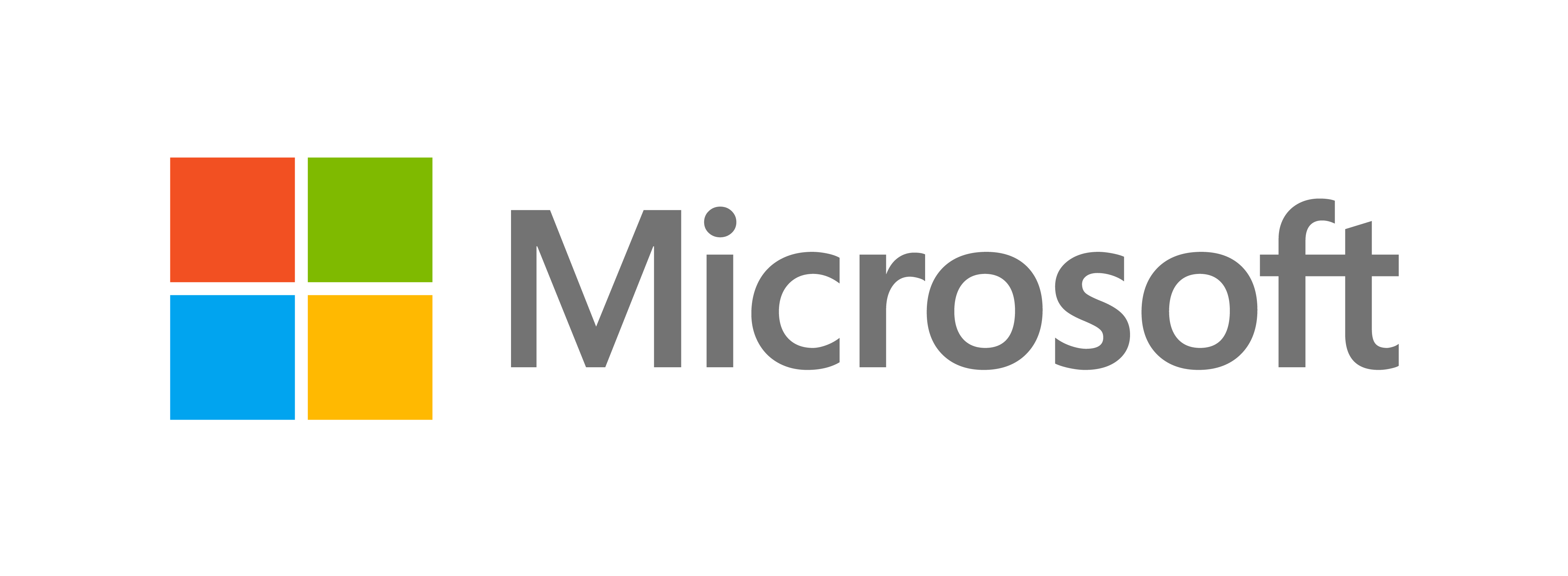
Microsoft and Pacific Northwest National Laboratory (PNNL) have announced a groundbreaking collaboration that has led to developing a prototype battery with significantly reduced lithium usage, achieving up to a 70% reduction. This breakthrough, accomplished in less than nine months, was facilitated by Microsoft’s AI and High-Performance Computing (HPC) capabilities. Utilizing Microsoft’s Azure Quantum Elements, the team was able to efficiently sift through 32 million potential materials and identify 18 viable candidates within just 80 hours, a task that would typically take decades. The result is a functional prototype battery capable of powering a lightbulb, marking a significant advancement in battery technology. This project, initiated to demonstrate the potential of novel materials discovery through AI and HPC, aligns with the launch of Azure Quantum Elements in June, which aims to prepare for scaled quantum computing by tackling quantum chemistry challenges.
QuEra Computing Releases a Groundbreaking Roadmap for Advanced Error-Corrected Quantum Computers, Pioneering the Next Frontier in Quantum Innovation
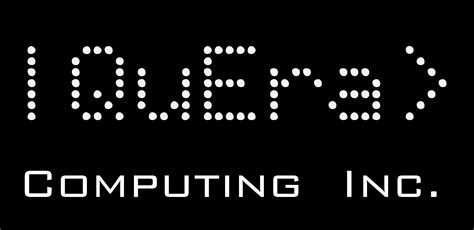
QuEra Computing has announced a strategic plan to launch a series of advanced error-corrected quantum computers, beginning in 2024 and aiming for a system with 100 logical error-corrected qubits by 2026. This marks a significant development in the quantum computing industry, highlighting QuEra’s commitment to overcoming the challenges of quantum state fragility and qubit interference. The roadmap includes the introduction of a quantum computer with ten logical qubits and over 256 physical qubits in 2024, featuring transversal gate capabilities for enhanced error resistance. In 2025, an improved model with 30 logical error-corrected qubits will be released, utilizing magic state distillation and supported by over 3,000 physical qubits. The culmination of this plan is the 2026 release of a quantum computer with 100 logical qubits capable of surpassing the limits of classical simulation. This series of developments builds on QuEra’s recent scientific breakthroughs and a successful year that saw substantial growth in its team, new investment rounds, and expanded availability of its Aquila platform on a major cloud platform. The company’s progress positions it at the forefront of quantum computing innovation, opening new possibilities for computation across various sectors.
DARPA Advances PsiQuantum to Second Phase of Utility-Scale Quantum Computing Program

PsiQuantum has announced its contract award from the Defense Advanced Research Projects Agency (DARPA) to advance in the Underexplored Systems for Utility-Scale Quantum Computing (US2QC) program. This initiative explores alternative quantum computing methods, particularly PsiQuantum’s photonic approach, to achieve utility-scale operation faster than traditional methods predict. Initiated in January 2023, the first phase involved extensive evaluation by government experts of PsiQuantum’s technology and the viability of its photonic method in creating the world’s first utility-scale, fault-tolerant quantum computer. The year-long assessment by a team from institutions including the Air Force Research Laboratory, DARPA, Johns Hopkins University Applied Physics Laboratory, Los Alamos National Laboratory, Oak Ridge National Laboratory, and NASA Ames Research Center concluded positively, advancing PsiQuantum to the program’s next phase. This next stage focuses on developing a fault-tolerant prototype, aiming to demonstrate the feasibility of a utility-scale quantum computer. Unlike the dominant matter-based approaches in the quantum computing industry, PsiQuantum’s photonic approach is uniquely suited to overcome challenges related to scale and error correction. DARPA will continue closely monitoring and evaluating PsiQuantum’s progress toward these pioneering milestones in quantum computing.
In Novel Quantum Computer Design, Qubits Use Magnets to Selectively Communicate

Researchers from the University of Chicago, the US Department of Energy’s Argonne National Laboratory, the University of Iowa, and Tohoku University in Japan have made a significant result in quantum computing by developing a method to connect individual qubits across a chip using magnetic signals. This method, inspired by how a garage door opener communicates with its door using a specific microwave frequency, utilizes magnets and a phenomenon called “magnon” to entangle qubits at a distance. Traditionally, qubits, like nitrogen-vacancy (NV) centers in diamonds, must be extremely close to interact, posing engineering challenges. However, this new approach allows NV centers to be entangled over micrometers, a scale compatible with integrated electronic devices. This experiment, detailed in the Proceedings of the National Academy of Sciences (PNAS), successfully demonstrated the NV center communicating with the magnetic material, opening possibilities for more complex configurations and interactions in quantum computing. The next step involves testing if a magnet can mediate a quantum connection between two NV centers, paving the way for more advanced quantum computing applications.
University of the Witwatersrand Researchers demonstrate that quantum entanglement and topology are inextricably linked
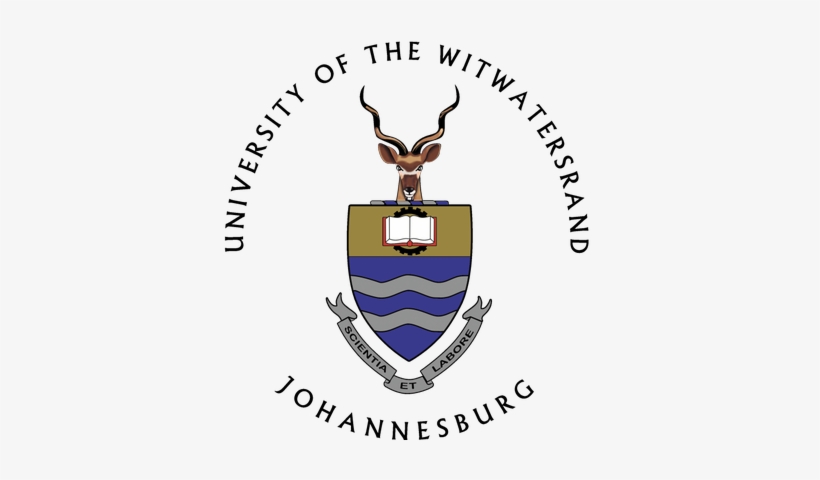
In a new study, researchers from the University of the Witwatersrand in South Africa and Huzhou University in China have achieved a significant milestone in quantum physics by manipulating pairs of entangled photons without altering their shared properties. The research, led by Professor Andrew Forbes and published in Nature Photonics, demonstrates the ability to customize the shared wave function of two entangled photons so that their topology, or structural properties, is apparent only when treated as a unified entity. This concept of topology, akin to reshaping a coffee mug into a doughnut while preserving the singular hole, allows the entangled photons to maintain certain features despite being altered. The study introduces a paradigm shift in understanding Skyrmion topology, traditionally viewed in localized configurations but now seen as nonlocal, shared between spatially separated entities. This novel approach to quantum entanglement could revolutionize quantum communication protocols using topology as a labeling system for entangled states. The researchers anticipate that this method, which retains topology even as entanglement decays, could offer a new encoding mechanism for quantum information processing, particularly in scenarios with minimal entanglement. The team is now focused on developing new protocols to expand the landscape of topological nonlocal quantum states.
In Other News: Defense Scoop article: “Experts give 2024 NDAA positive marks on quantum provisions”
The fiscal 2024 National Defense Authorization Act (NDAA) includes key provisions for the Pentagon to incorporate emerging quantum computing capabilities into U.S. national security missions, a DefenseScoop article highlights. This act reflects the growing significance of quantum information science (QIS) in processing and transmitting data at atomic levels. The NDAA authorizes increased funding for initiatives like a distributed quantum networking testbed and developing a next-generation ion trap quantum computer at the Air Force Research Laboratory. Additionally, it requires the Pentagon to establish a new pilot program focused on quantum computing capabilities that are expected to develop and be deployed within the next two years. This program aims to broaden the Pentagon’s focus beyond gate-model quantum computing to include all viable systems, such as annealing quantum computing and quantum-hybrid applications. These developments will assist the Pentagon in tackling challenges like logistics, tracking space debris, and emergency response. The Quantum Industry Coalition, led by Paul Stimers, has emphasized the importance of this pilot program for near-term application development and the broader adoption of quantum technologies within the Department of Defense, recognizing the role of small companies and non-traditional government contractors in quantum application development.
Kenna Hughes-Castleberry is the Managing Editor at Inside Quantum Technology and the Science Communicator at JILA (a partnership between the University of Colorado Boulder and NIST). Her writing beats include deep tech, quantum computing, and AI. Her work has been featured in Scientific American, Discover Magazine, New Scientist, Ars Technica, and more.
- SEO Powered Content & PR Distribution. Get Amplified Today.
- PlatoData.Network Vertical Generative Ai. Empower Yourself. Access Here.
- PlatoAiStream. Web3 Intelligence. Knowledge Amplified. Access Here.
- PlatoESG. Carbon, CleanTech, Energy, Environment, Solar, Waste Management. Access Here.
- PlatoHealth. Biotech and Clinical Trials Intelligence. Access Here.
- Source: https://www.insidequantumtechnology.com/news-archive/quantum-news-briefs-january-10-2024-qrypt-joins-nvidia-inception-microsoft-and-pnnl-create-new-material-and-battery-prototype-with-ai-and-hpc-darpa-advances-psiquantum-to-second-phase-of-utility/



